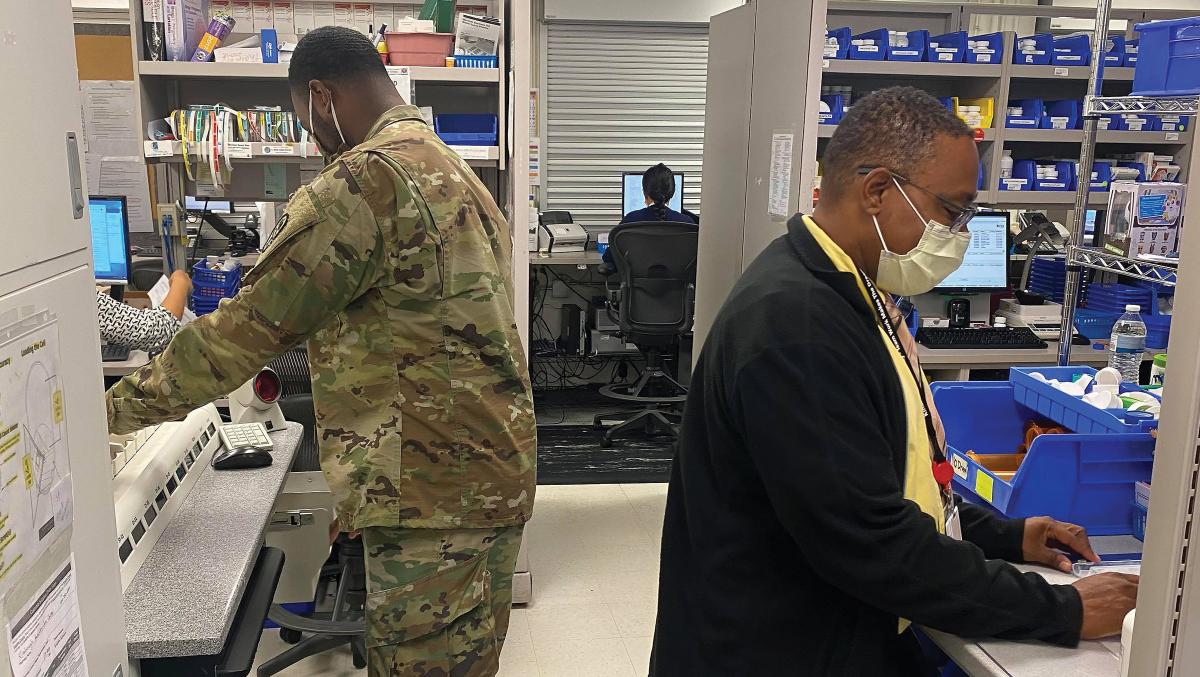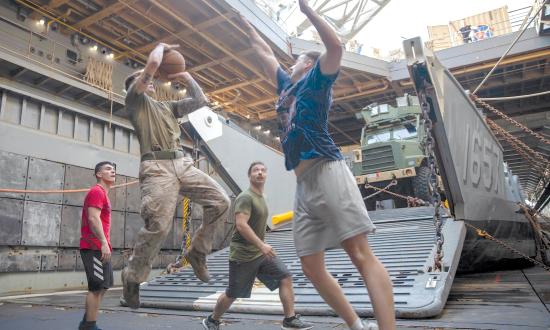The Defense Health Agency (DHA) is planning a drastic reduction in force for Navy, Air Force, and Army medical personnel. Such a decision requires careful consideration and analysis, as a poorly executed reduction will worsen care, decrease access to care, and decrease adaptability in times of crisis.1
Redundant capabilities are essential to deal with increased and sometimes unexpected requirements during times of war. DHA’s plan to backfill with reservists and civilian personnel is infeasible. Unlike in line units, medical qualifications are not easily transferred. Medical units require local training and credentialing, including primary source verification, a process in which everything in a professional record is verified with the original creator prior to allowing practice. Mass mobilization of reservists in any reasonable time frame would be near impossible, were they even fit to come on or return to active duty.
Civilian physicians are harder to recruit as they cost more and require credentials verification—and there is a nationwide shortage of providers.2 In addition, because they occupy shore billets, civilian physicians create a higher operational tempo for military physicians, which reduces their retention rates and lessens clinical skills, as they are often on prolonged medically low-intensity deployments.
With fewer medical personnel, every provider will have to take on more cases, which some believe will improve their clinical acumen. Even assuming that fully utilized providers could take on additional cases, this is not a stepwise equation. Many patients on active duty—the focus of the reorganization attempts—are generally healthy. They do not present the treatment complexity necessary to significantly improve clinical ability. Critical-care skills are honed by caring for sick and aged retirees, dependents, and trauma patients at trauma centers throughout the country—care DHA plans to largely defer to civilian providers. Critical-care skills languish when military physicians are not caring for war wounded with extensive polytraumas.3
A significant reduction in force also will exacerbate existing backlogs. At Naval Hospital Camp Pendleton, for example, most patients I referred to the pharmacy for medications reported wait times of two to three hours. The pharmacy typically had between one and three active-duty pharmacists on staff to care for the roughly 57,000 personnel on Camp Pendleton. Contrast this to any medium-sized U.S. city, which would have multiple chain pharmacies, each with several pharmacists. DHA’s plan to cut four of the seven pharmacists at Walter Reed National Military Medical Center at Bethesda is likely a harbinger of what is to come for smaller commands.4
A focus on operational medicine is laudable. The services’ medical assets exist to support their warfighting communities. However, this support is best conducted by embedded physicians who are intimately familiar with their supported units. DHA should work to leverage commonality among shore-based clinics and military treatment facilities, but operational medicine and staffing should be under the purview of the services’ respective surgeon generals and combatant commanders.
1. Tom Philpott, “More than 17,000 Uniformed Medical Jobs Eyed for Elimination,” 10 January 2019, www.military.com/daily-news/2019/01/10/more-17000-uniformed-medical-jobs-eyed-elimination.html.
2. Association of American Medical Colleges, “New Findings Confirm Predictions on Physician Shortage,” 23 April 2019, www.aamc.org/news-insights/press-releases/new-findings-confirm-predictions-physician-shortage.
3. Yan Kennan, “Naval Hospital Jacksonville Partners with Private-sector Hospitals to Maintain Advanced Skills,” 10 October 2018, www.dvidshub.net/news/295887/naval-hospital-jacksonville-partners-with-private-sector-hospitals-maintain-advanced-skills.
4. Philpott, “More than 17,000 Uniformed Medical Jobs Eyed for Elimination.”





